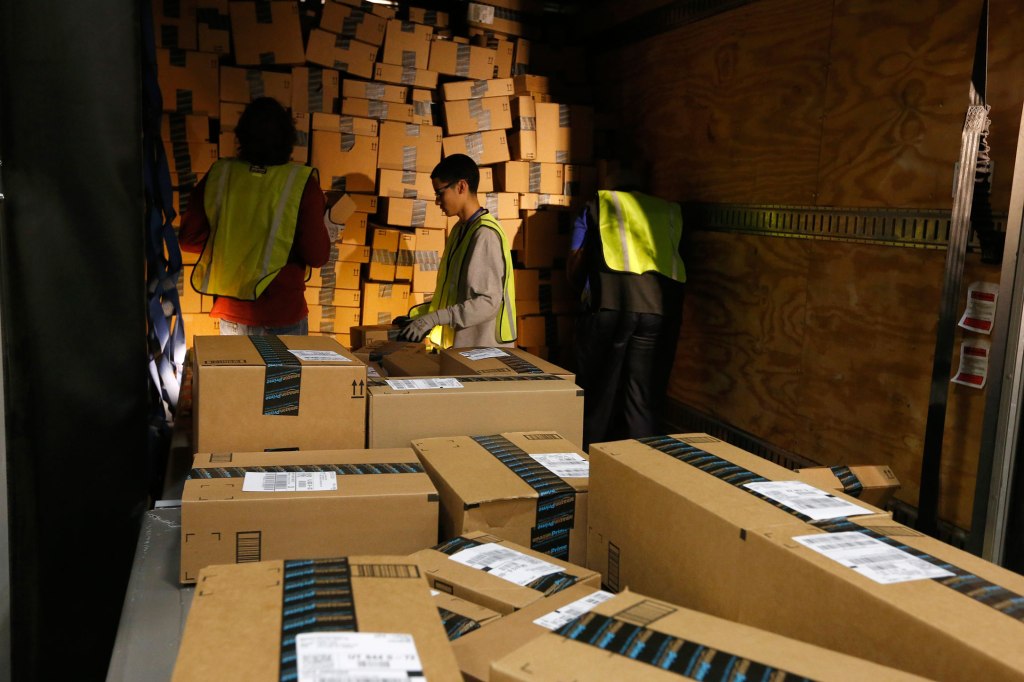Amazon announced a new parental leave policy earlier this morning in an email to employees. The Seattle-based company’s new policy includes 20 weeks of paid parental leave for birth mothers and a novel leave-sharing system that allows employees to share up to 6 weeks of paid leave with a partner.
Amazon’s new policy comes after the company faced significant criticism for its workplace environment, with allegations that included penalizing returning mothers.
While new parents who have been Amazon employees for over a year are now eligible for a paid six-month parental leave, new hires are entitled to a comparatively lower six week abence. Birth mothers who are also new hires will be eligible for four weeks of pre-partum and 10 weeks of maternity leave. Restricted stock units for employees on parental leave will continue to vest at the normal rate. Taking paid leave does not require managerial approval, and can be done in one or two segments at any point in the first year after childbirth.
Amazon’s policy is notable for its inclusion of the company’s 100,000 warehouse and customer support workers. A similar policy update implemented by Netflix, which also has a large contingent of fulfillment center employees, does not provide benefits to such employees. However, Amazon’s policy is still restricted to employees who work over 30 hours a week, and does not appear to include temporary or contract workers.
This morning’s announcement to employees also detailed Amazon’s new ‘leave share’ program, which allows employees to donate up six weeks of their paid parental leave to their spouses. It’s worth noting that in the employees who have been at Amazon for over a year are not entitled to sharing the entirety of their 6 months paid leave with spouses. This new addition is aimed at Amazon employees with spouses who work for employers who do not provide paid parental leave, and will apply to same-sex couples as well as fathers, though the time scales involved will be different. The leave share program is not available to single partners or those who get paid parental leave already.
Amazon announced a new return-to-work program called ‘Ramp Back’, which gives returning employees a graduated return process. Employees have the option of working at half pay for eight weeks, three-quarters pay for four weeks, or three-quarters for eight weeks. Reduced-hour work will, however, impact base pay, signing bonus payments, and stock option vesting.
The policy updates do not entirely address concerns about Amazon’s return-to-work policies raised earlier this year. Former employees, including Julia Cheiffetz, alleged that Amazon’s return to work programs led to irreversible loss of authority and placement on a controversial performance improvement plan. Amazon’s new plan does not list details related to reestablishment of authorities for returning employees.
At the moment, these policy changes are applicable inside the United States, and Amazon is working on fitting them into workplace laws in other countries of operation.
The statement sent to employees explained that the development of these new policies started in early 2015, well before allegations about the company’s workplace practices emerged earlier this fall.
“We conducted employee focus groups and solicited input from Amazon New Mothers classes, AWE leadership, and Amazecon participants,” read the statement.
Amazon’s policy shift could set a new trend for employers in offering greater leave for new parents, but the company’s exclusion of contract and temporary employees sets another, more worrying precedent. As on-demand companies grow and more workers become contractors, their exclusion from new policies like Amazon’s could add to the widening gap between contractors and their full-time counterparts.





